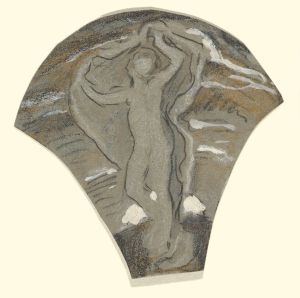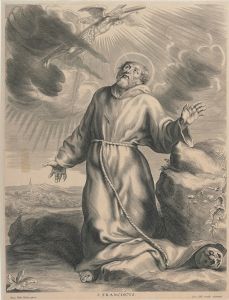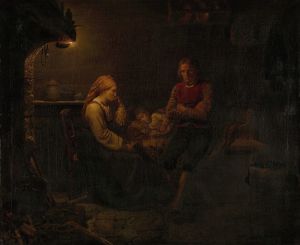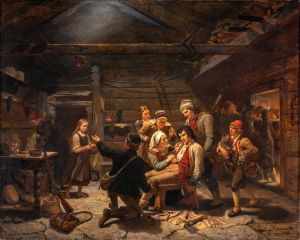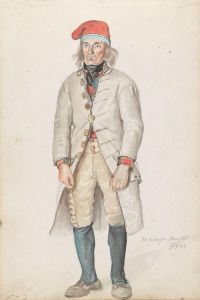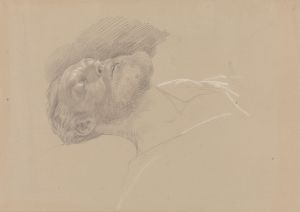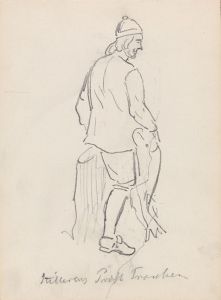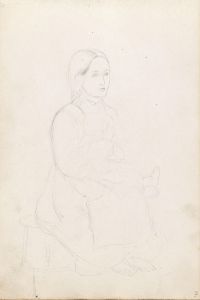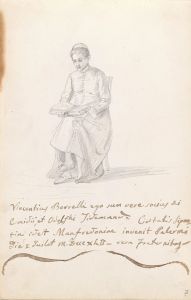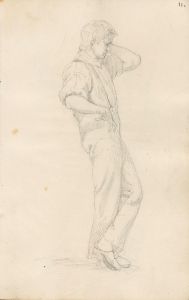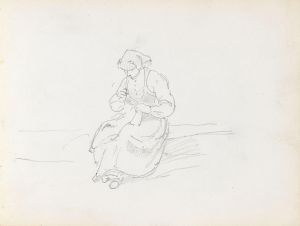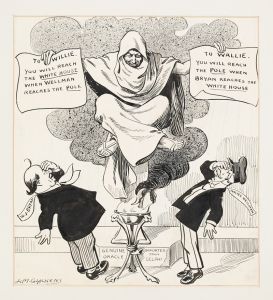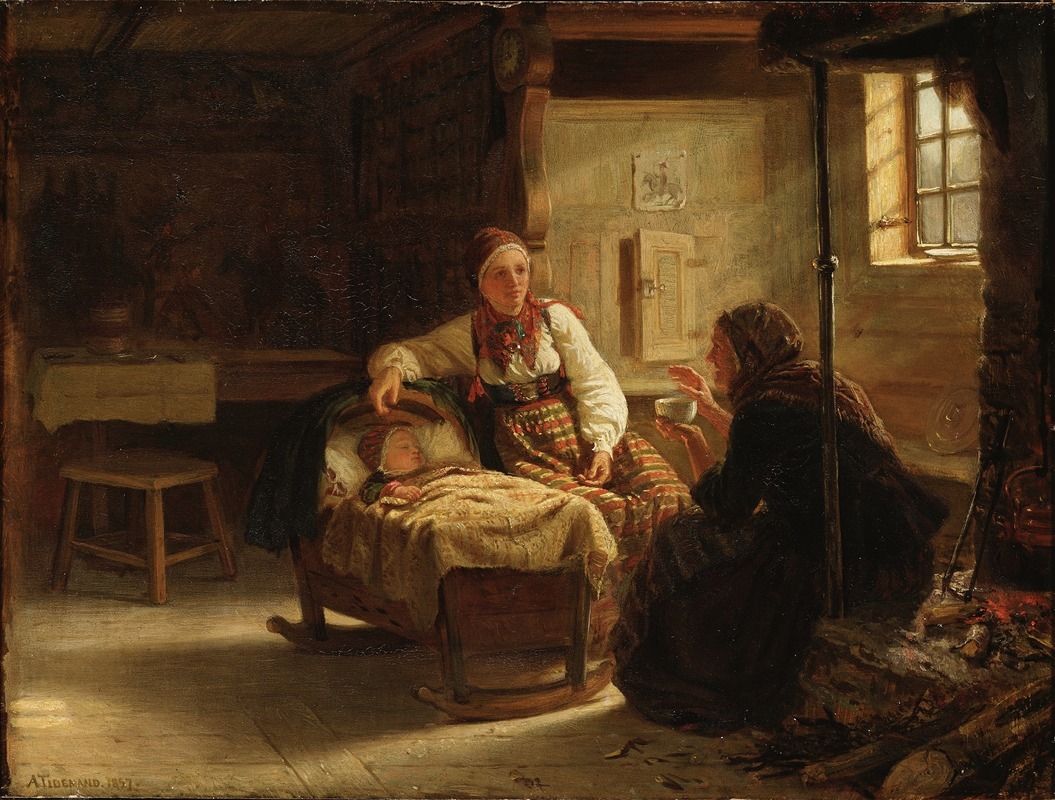
The Fortune-teller
A hand-painted replica of Adolph Tidemand’s masterpiece The Fortune-teller, meticulously crafted by professional artists to capture the true essence of the original. Each piece is created with museum-quality canvas and rare mineral pigments, carefully painted by experienced artists with delicate brushstrokes and rich, layered colors to perfectly recreate the texture of the original artwork. Unlike machine-printed reproductions, this hand-painted version brings the painting to life, infused with the artist’s emotions and skill in every stroke. Whether for personal collection or home decoration, it instantly elevates the artistic atmosphere of any space.
Adolph Tidemand (1814–1876) was a prominent Norwegian painter, best known for his depictions of rural life and traditional Norwegian culture during the 19th century. One of his works, The Fortune-teller (Spåkonen in Norwegian), reflects his interest in capturing scenes of everyday life and folklore. Painted in 1846, this artwork is an example of Tidemand's ability to combine realism with a romanticized view of Norwegian traditions.
The painting portrays a fortune-teller, a figure often associated with mysticism and superstition in rural communities. She is shown in the act of reading the palm of a young woman, while other figures in the scene observe with curiosity or skepticism. The setting is a modest interior, typical of Norwegian peasant homes of the time, with detailed attention given to the furnishings and costumes. Tidemand's meticulous representation of traditional clothing and household items provides valuable insight into the material culture of 19th-century Norway.
The Fortune-teller exemplifies Tidemand's skill in storytelling through art. The expressions and body language of the characters convey a sense of narrative, inviting viewers to imagine the relationships and emotions at play. The painting also reflects the tension between traditional beliefs and the growing influence of modernization and rationalism in Norwegian society during this period.
Adolph Tidemand created this work during a time when Norwegian artists were increasingly interested in exploring national identity and heritage. His travels throughout Norway allowed him to study and document local customs, which he incorporated into his art. Along with Hans Gude, Tidemand is considered a central figure in the development of Norwegian Romantic Nationalism in painting.
Today, The Fortune-teller is recognized as an important example of Tidemand's contribution to Norwegian art and cultural history. It is part of the collection of the National Museum of Art, Architecture and Design in Oslo, Norway, where it continues to be appreciated for its artistic and historical significance.





